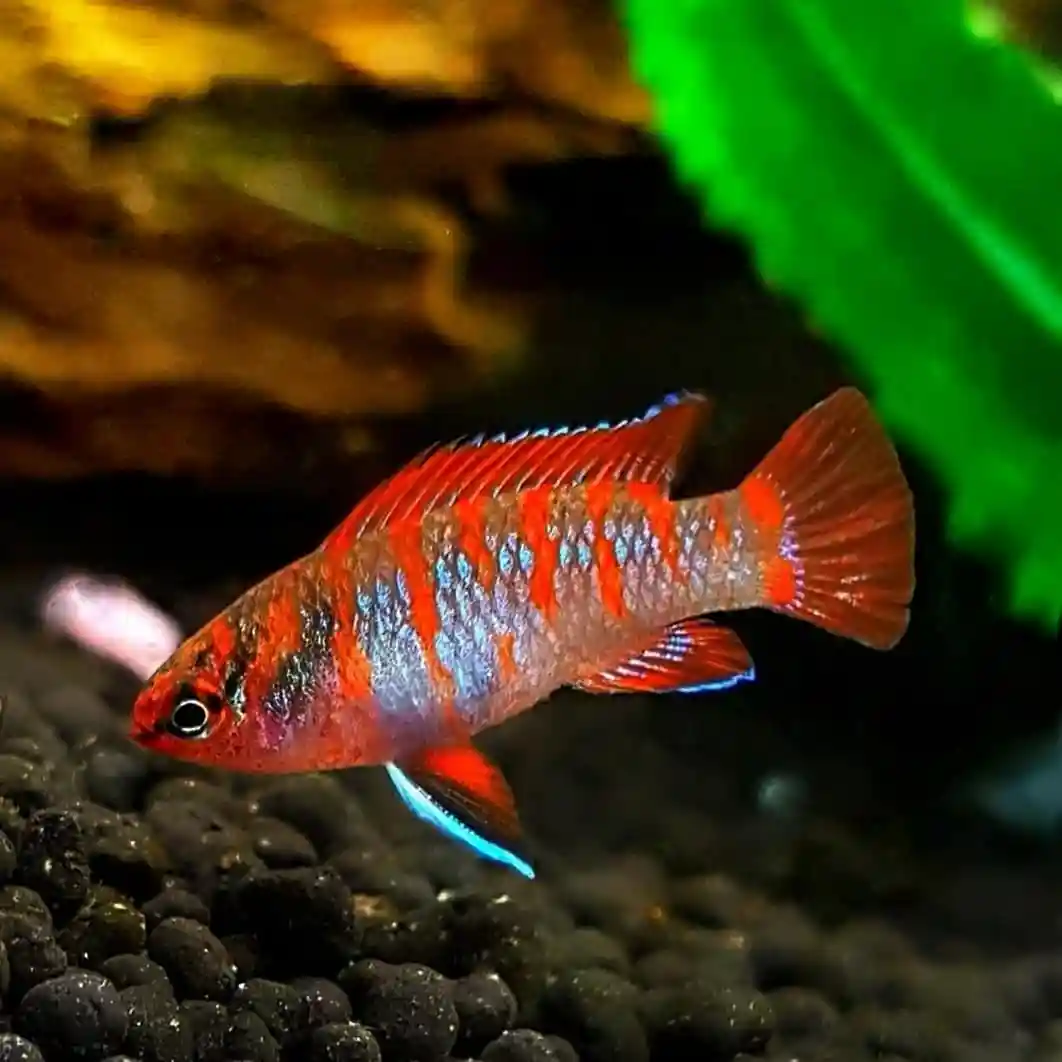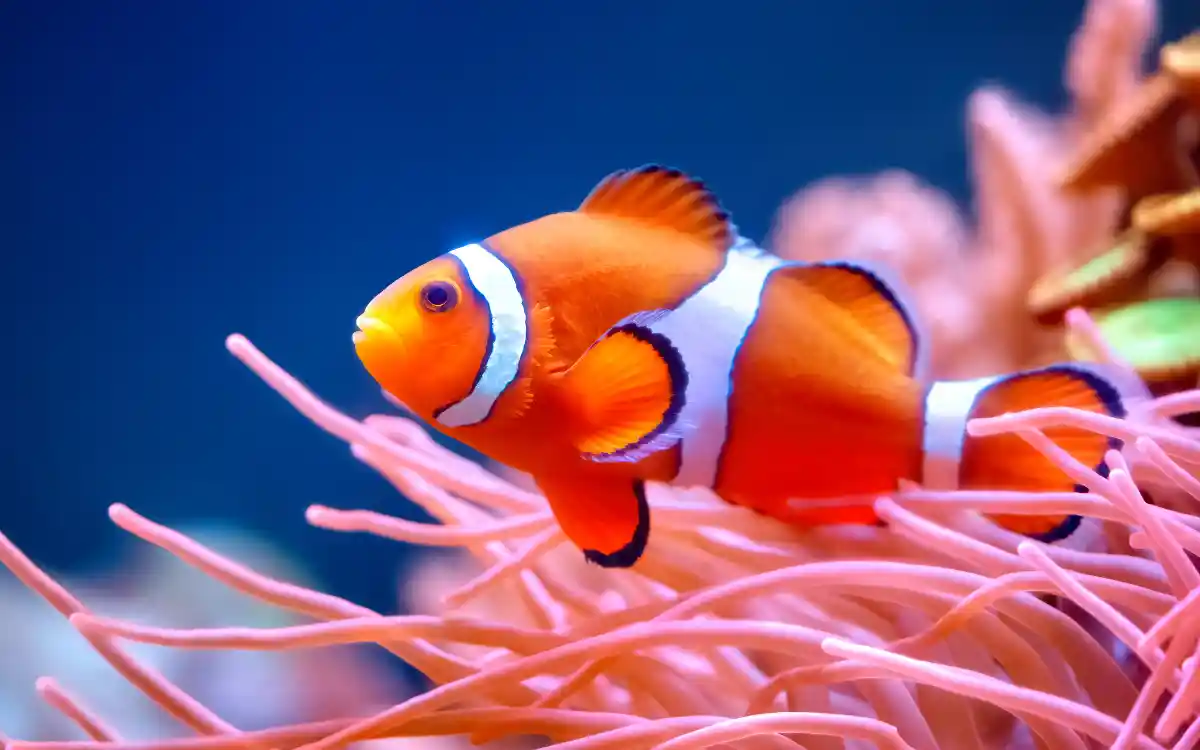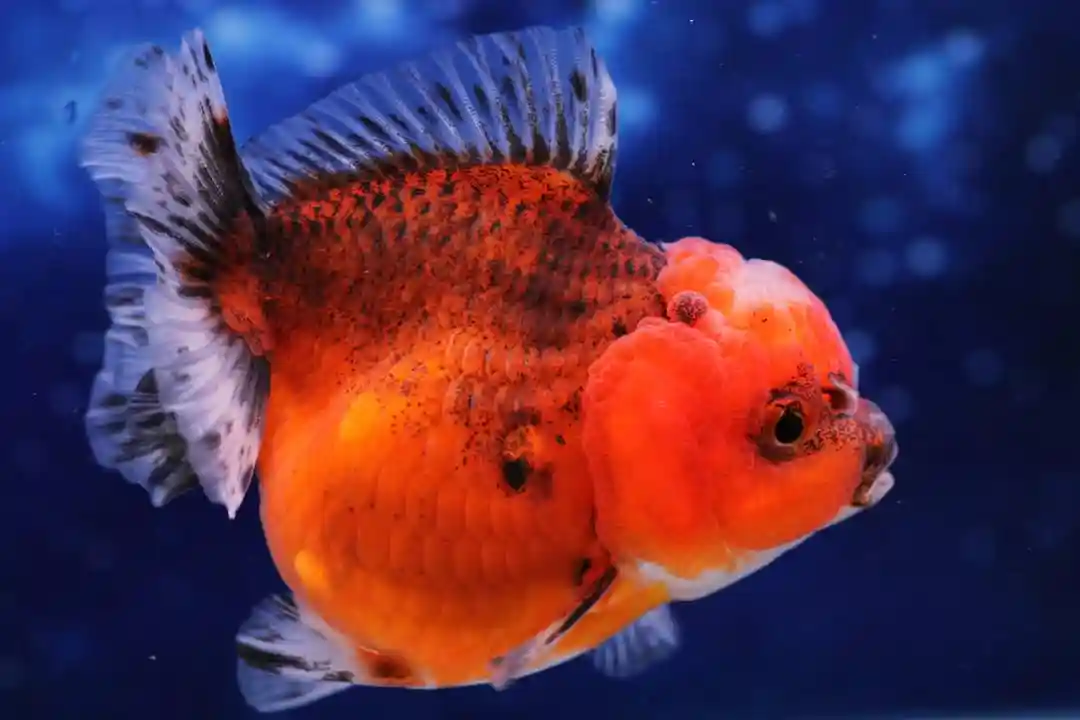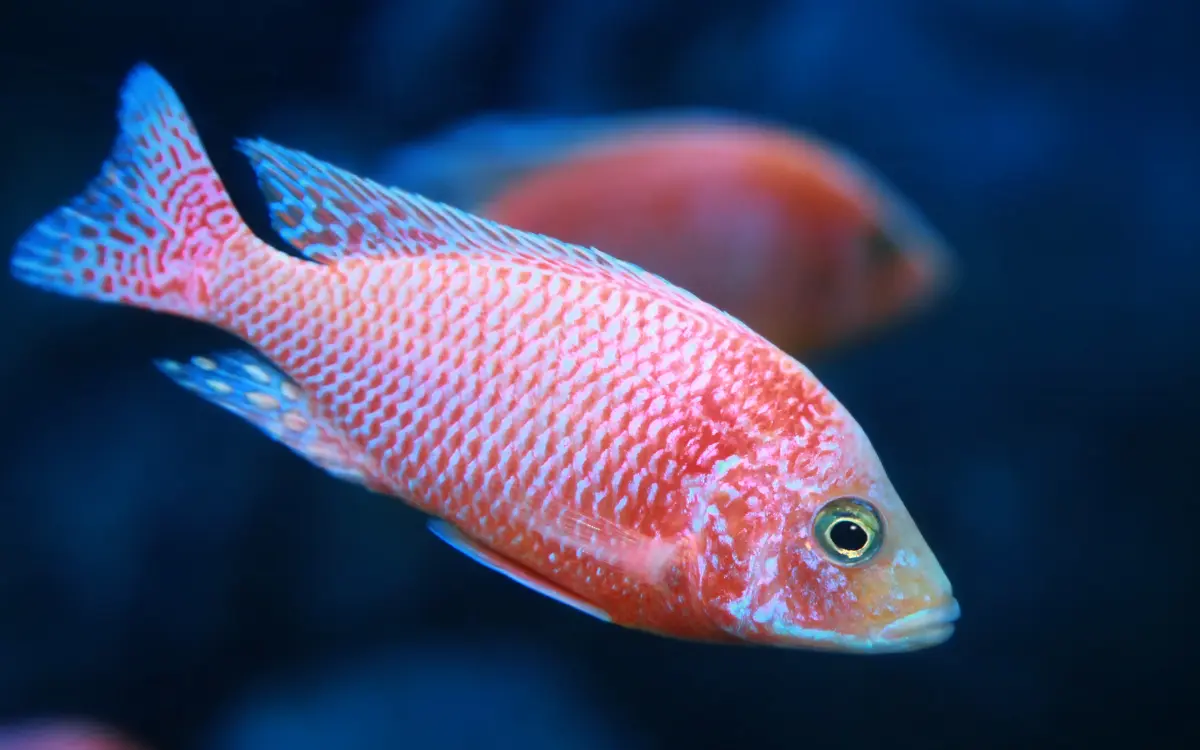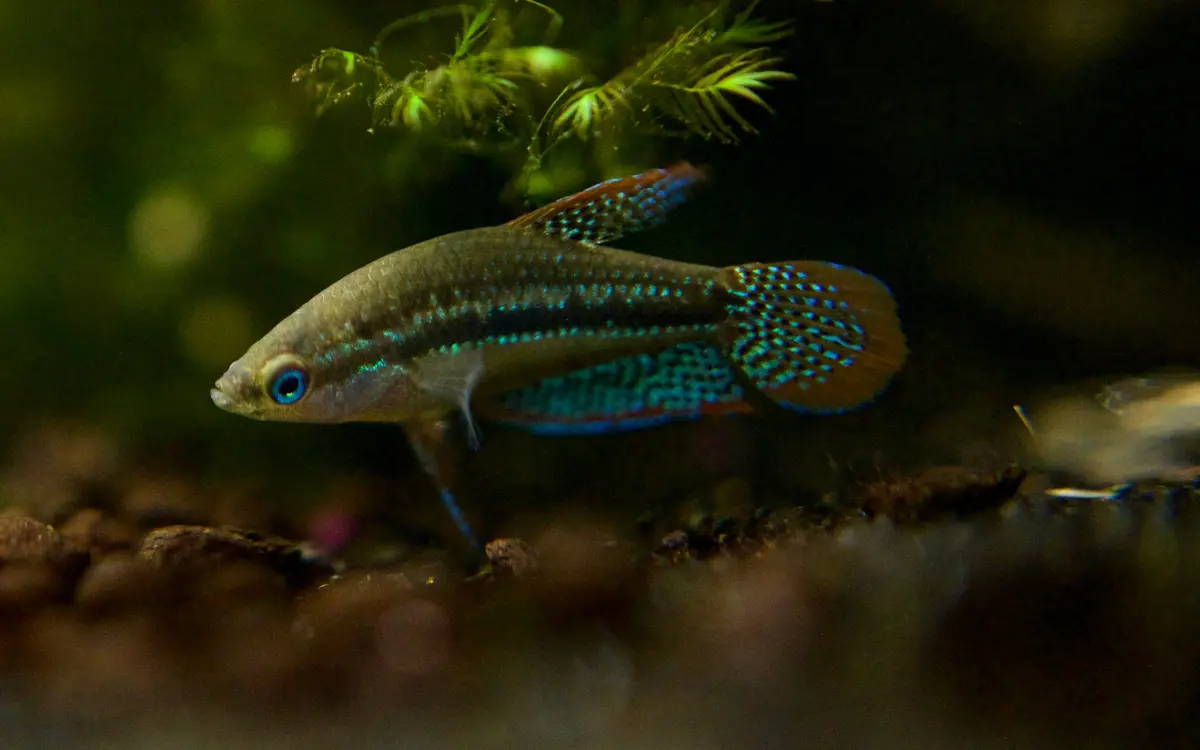25 Betta Fish Facts That Every Owner Should Know
Betta fish are some of the most beautiful and fascinating freshwater pets you can keep. Known for their vibrant colors, flowing fins, and bold personalities, Bettas have captivated aquarists for centuries. But there’s so much more to these small but mighty fish than meets the eye. In this guide, you’ll discover 25 detailed Betta fish facts that every owner should know — with practical tips, care advice, and insights drawn from experience to help you give your Betta the best possible life.
Betta Fish Origins & Natural Habitat
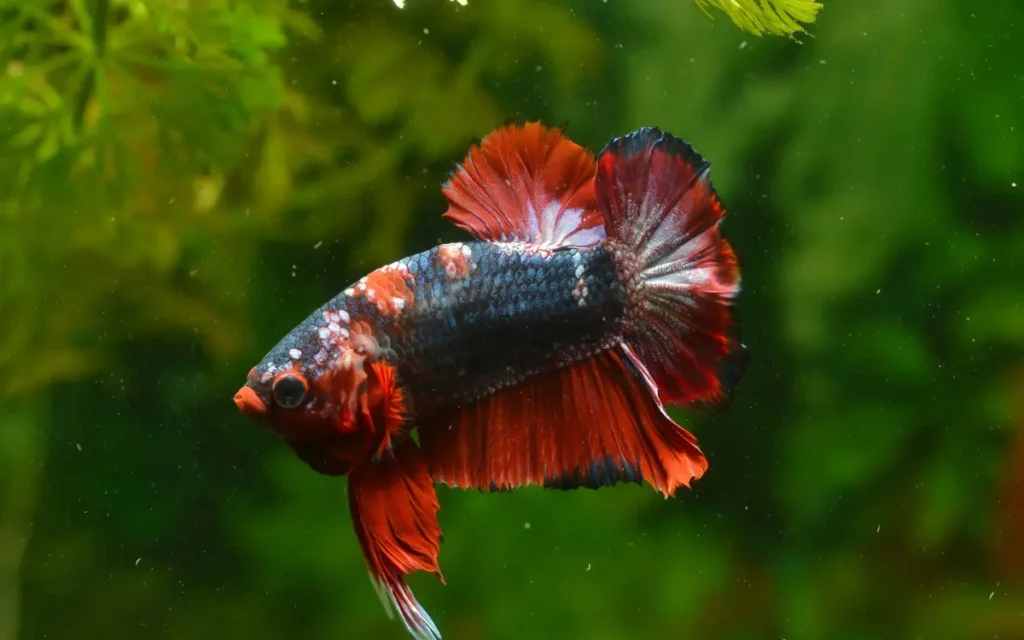
1. Bettas come from Southeast Asia
Betta fish are native to warm, shallow waters of Thailand, Cambodia, Vietnam, and Laos. In the wild, they live in rice paddies, canals, and slow-moving streams. These environments are filled with plants and have little current, which is why Bettas thrive in planted aquariums with calm water. Knowing where Bettas come from helps you create a tank setup that makes them feel at home.
2. They’re called Siamese fighting fish for a reason
Bettas earned the nickname “Siamese fighting fish” because of their territorial nature, especially among males. Historically, Bettas were bred for short fights in Thailand. Today, we admire them for their beauty rather than aggression, but it’s still important to house males separately to prevent fighting.
3. Bettas have been part of human culture for centuries
Betta fish have been kept by people for more than 150 years. They became popular not only for their vibrant appearance but also for their spirited behavior. Bettas were even given as gifts between royalty in Thailand.
4. Wild Bettas look very different from the ones in stores
Unlike the long-finned, brightly colored Bettas sold in pet shops, wild Bettas tend to have shorter fins and more muted colors. This helps them blend into their natural surroundings and avoid predators.
Betta Fish Behavior & Traits
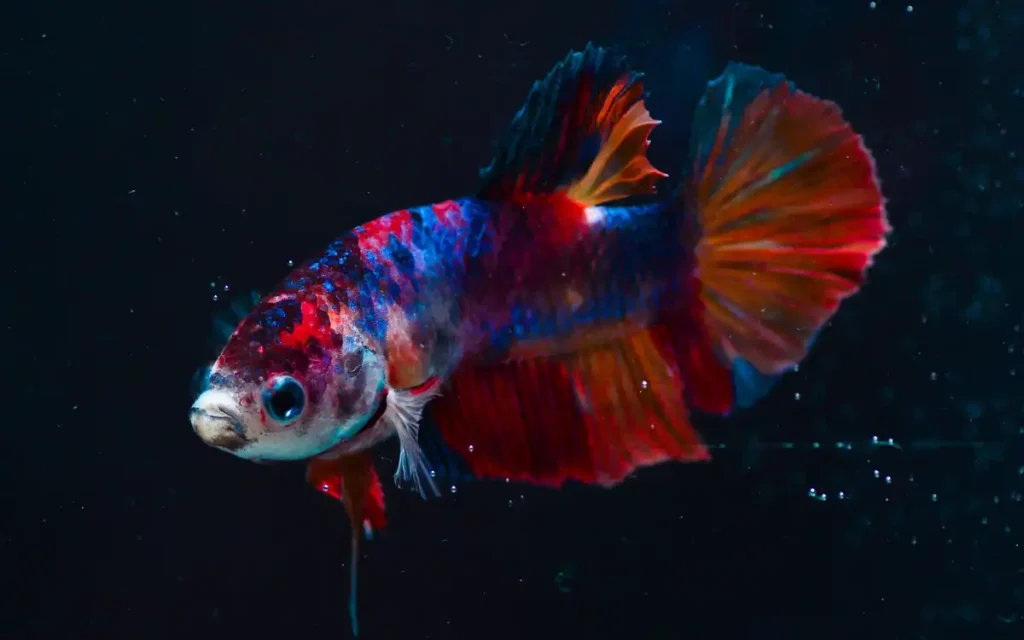
5. Bettas can breathe air using their labyrinth organ
Bettas have a labyrinth organ that allows them to breathe air directly from the surface. This adaptation lets them survive in low-oxygen waters where other fish might struggle. It’s also why you’ll often see Bettas swimming up to take a gulp of air, even in a well-oxygenated tank.
6. Bettas can recognize their owners
Many Betta keepers, myself included, notice their fish swimming to the front of the tank when they approach. Bettas learn to associate their owner’s face and movements with feeding and interaction. It’s part of what makes them such rewarding pets.
7. Male Bettas build bubble nests
When a male Betta feels secure, he’ll create a cluster of bubbles at the water’s surface. This bubble nest is meant to hold eggs during breeding. Even without a mate, a happy Betta often builds nests as a natural behavior.
8. Bettas flare to communicate
Flaring — when Bettas spread their fins and gill covers — is a way to show dominance or curiosity. While it looks dramatic, occasional flaring is healthy and part of natural Betta behavior. Too much flaring, though, can indicate stress.
9. Bettas sleep at night
Like people, Bettas need rest. They usually sleep at night, often lying on leaves, decorations, or even the tank bottom. A healthy Betta will wake up and become active again when lights come on.
10. Bettas can learn simple tricks
Bettas are surprisingly smart. With patience, you can teach them to follow your finger, swim through hoops, or take food from tweezers. Enrichment like this keeps Bettas active and curious.
Betta Fish Care Essentials
11. Bettas need at least a 5-gallon tank
Bettas may look small, but they need space to swim and explore. Tanks under 5 gallons make it hard to maintain good water quality, leading to stress and illness. Skip the bowl and give your Betta a proper home — your fish will reward you with better health and behavior.
👉 Explore setup details in our Betta Fish Care guide.
12. Bettas prefer warm water between 76–82°F
Bettas are tropical fish, so room temperature water isn’t warm enough. I always recommend a reliable aquarium heater to keep the water stable — sudden temperature drops are a common cause of stress and illness in Bettas.
13. Bettas can jump, so a lid is essential
Bettas often jump when startled, exploring, or feeding. I learned this the hard way when a Betta leaped out during a water change. Always cover your tank with a lid or mesh to keep your fish safe.
14. Bettas are carnivores
Bettas thrive on a high-protein diet. I feed mine quality Betta pellets as a staple, with frozen treats like bloodworms or brine shrimp a few times a week. Variety supports vibrant color and health.
15. Bettas love plants in their tank
Live or silk plants give Bettas places to hide and rest. Floating plants or broad leaves are especially appreciated — you’ll often find Bettas napping on them.
16. Bettas need clean water with regular changes
Weekly partial water changes (about 25%) keep toxins low and your Betta healthy. Dirty water is a leading cause of stress and disease.
Betta Health & Safety Facts
17. Stress shows in their color and fins
A stressed Betta may have duller color, clamped fins, or hide more often. Watch for these signs and check water quality, temperature, and tank conditions right away.
18. Bettas can suffer from fin rot, Ich, and velvet
These are common diseases linked to poor water conditions. Learn the signs — like ragged fins or white spots — and act fast with treatment and water changes.
19. Bettas have tiny teeth
These teeth help Bettas grab food, but they’re too small to harm people.
20. Bettas dislike strong water currents
Strong filters can tire Bettas out or damage their fins. Choose a gentle filter or one with adjustable flow.
Betta Compatibility & Breeding
21. Male Bettas shouldn’t share a tank
Two male Bettas in the same tank will almost always fight. It’s safest to house them alone.
22. Bettas can sometimes live with peaceful tank mates
In larger tanks (10 gallons or more), Bettas may coexist with snails or shrimp. But watch closely — not every Betta tolerates company.
👉 See our Betta Fish Tank Mates guide.
23. Female Bettas can live together in sororities (with care)
A group of females can sometimes coexist, but this requires a large tank, lots of plants, and careful monitoring.
24. Breeding Bettas takes planning
Successful breeding requires separate tanks for the pair and the fry. It’s not something to try without research and preparation.
Fun & Unique Betta Facts
25. Bettas blow bubble nests even without breeding
A bubble nest is a sign your Betta feels secure. Males may build them regularly, even when no female is present.
Final Thoughts
Betta fish are more than just pretty pets. They’re intelligent, interactive, and full of unique traits that make them a joy to care for. The better you understand their needs, the healthier and happier your Betta will be.

